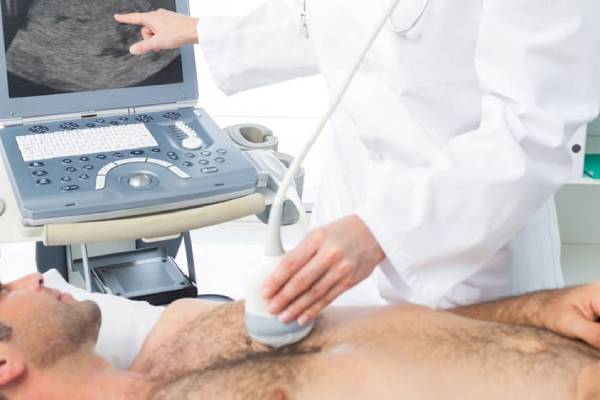
Cardiac resynchronization therapy is carried out through an artificial pacemaker. An artificial pacemaker is a device that generates electric impulses by the electrodes present in the device that makes the lower and upper heart chambers(left and right ventricles. In some occasions, the right atrium) contract to pump blood. This device regulates the normal function of the electrical system of the heart. Its main purpose is to restore the normal rate of the heart which was either very slow or very fast earlier due to a defect in the natural pacemaker of the heart.
Who Needs Cardiac Resynchronization Therapy
What To Expect Before The Therapy
What To Expect During The Therapy
This procedure is done by an experienced cardiologist, assistant cardiac surgeons, cardiac nurses, and cardiac imaging specialists. This usually takes 3 to 5 hours, depending on the severity of your condition. During the therapy:-
What To Expect After The Therapy
Risks Associated With Cardiac Resynchronization Therapy
Even though CRT procedure helps in increasing blood flow to the heart, there are certain risks associated with this procedure:-
The faculty of Dr. Swapnil Mate's Cardiology clinic includes experienced cardiologists, cardiac surgeons, cardiac imaging specialists, a preventive cardiology team, experienced pediatric cardiac surgeons and assisting surgeons, physical therapists, nutritionists, geneticists, child-life specialists, a multidisciplinary interventional cardiology team, and a group of pathologists who run by tests and give the proper cause of diseases. The cardiologists and surgeons recommend the ideal surgery to the patients. They mention the advantages and risks associated with the surgeries they plan to do on them. Together, they provide services that cater to their needs. Consult Dr. Swapnil Mate for the best medical assistance.
